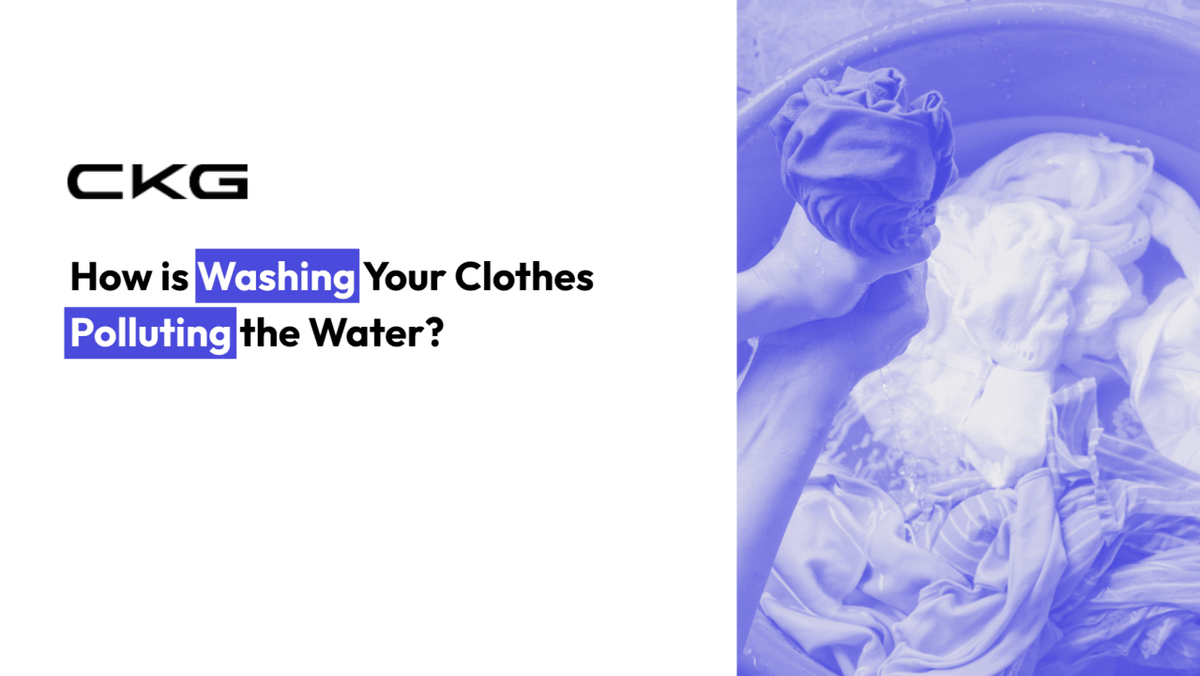
There has been a lot of talk about microplastic release, so today we are going to take a deep dive into what it is about. There is a standardized test method called AATCC TM212-2021, developed by the American Association of Textile Chemists and Colorists (AATCC), that quantifies the amount of fiber fragments (often called microfibers or microplastics) released from textiles during home laundering.
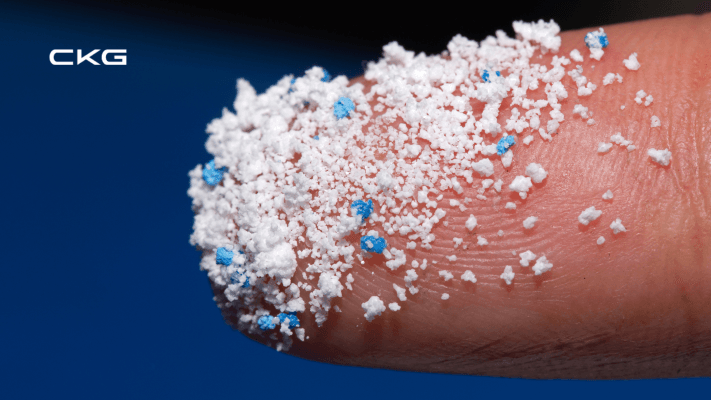
The Test Observes Fiber Fragments less than 5mm.
This test measures the mass of fiber fragments (typically less than 5 millimeters) shed from fabric specimens using an accelerated laundering machine under controlled conditions (an approximation of fiber fragment release in full-scale home laundering).
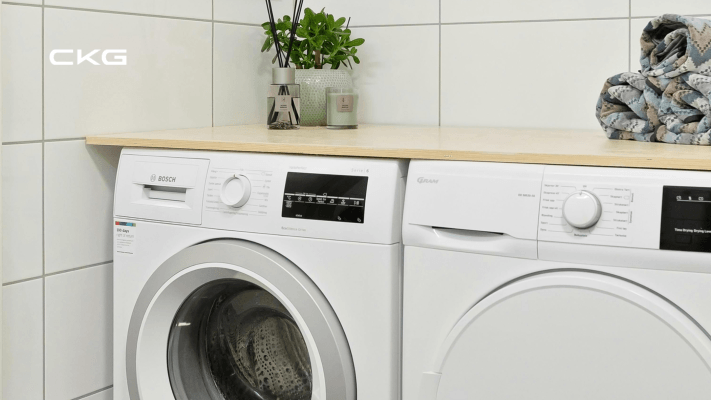
Home Laundering Releases Fragments of Plastic.
The laundering process includes 40-degree Celsius water, detergent (optional), and agitation (50 6mm stainless steel balls), washing for 45 minutes at approximately 40 RPM, with the resulting wash water being filtered to collect and weigh the fiber fragments. In 2023, we conducted a test with a third-party lab on lightweight woven polyester light down jacket fabric, and the results showed an average fiber fragment release of 0.03% and 0.02%, and the average fiber fragment release was 0.0009 and 0.0006 grams.
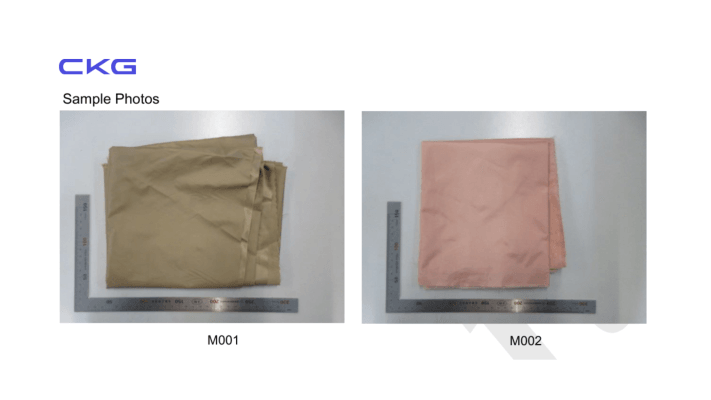
Samples of Fabric: M001 and M002.
We are not sure if the results were satisfactory or not, but based on the findings, we can see that there is some microplastic release. However, the test is not intended to provide an exact correlation to the mass of microfiber release of a garment in real-world home laundry, so there is still more study to be done on this subject.
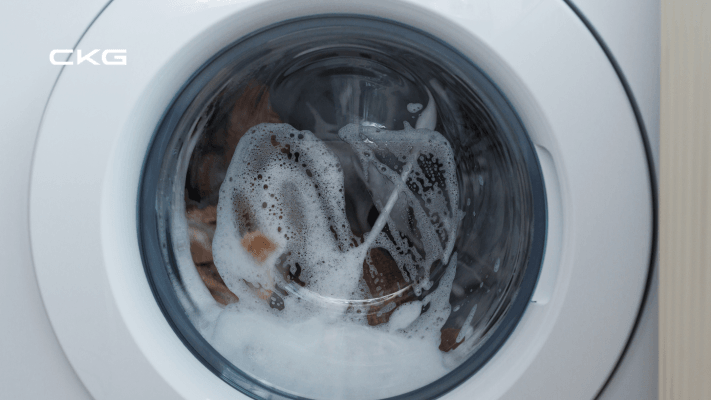
Use Shorter Cycles and Avoid Overloading for the Best Results.
For now, from the test results and procedure, I would say we should wash less, and when washing, use shorter cycles and avoid overloading the washer so that clothes rub against each other less. If you are interested in learning more, you can find a third-party testing lab, like TUV or SGS, to do a similar test, and then we can compare notes.
